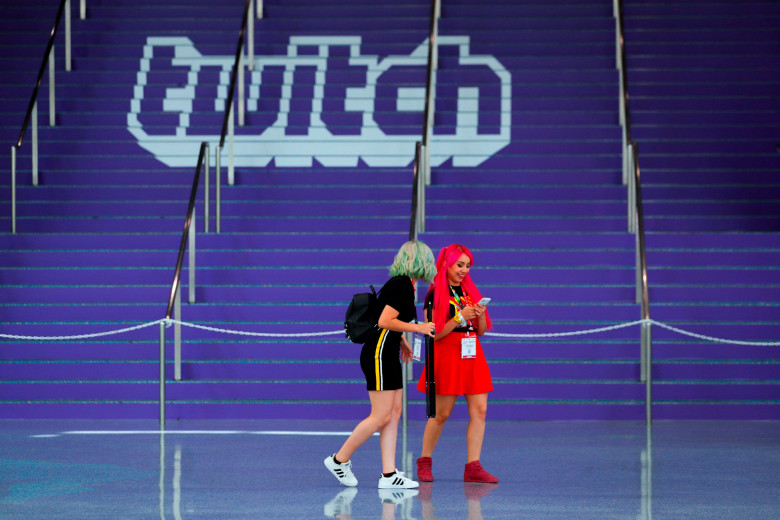Twitch Turns 10, and the Creator Economy Is in Its Debt

Justin Kan, Twitch’s cofounder, just wants his favorite chess streamers to notice him. “I’m in the chat, like, giving them donations, hoping they say my name and shit,” he tells WIRED. He’s terrible at chess, but he can’t stop watching Andrea and Alexandra Botez play it on Twitch. They haven’t acknowledged him yet. He hopes they will soon.
Twitch pioneered this—the digital parasocial thing. More specifically, monetizing it on a massive scale. Exactly 10 years ago, on June 6, 2011, Twitch launched out of Justin.tv, a sort of general-purpose video livestreaming site Kan had founded four years before. Kan, who is no longer with the company, says he and his cofounders spent years ruminating on how to make people interact online and give each other money. Should they have a sidebar chatroom? (Yes.) Emotes? (Definitely.) Career potential? (Yes.) The end goal wasn’t live video; it was the creator economy. Subscribing to people doing things.
Twitch has many legacies, from the Kappa emote to the rapper Drake’s Fortnite stream with Twitch celebrity Tyler “Ninja” Blevins. Its greatest legacy, though, is trailblazing this all-enveloping world of patronized content and of gamifying online entertainment, both for the viewer and the streamer.









































































